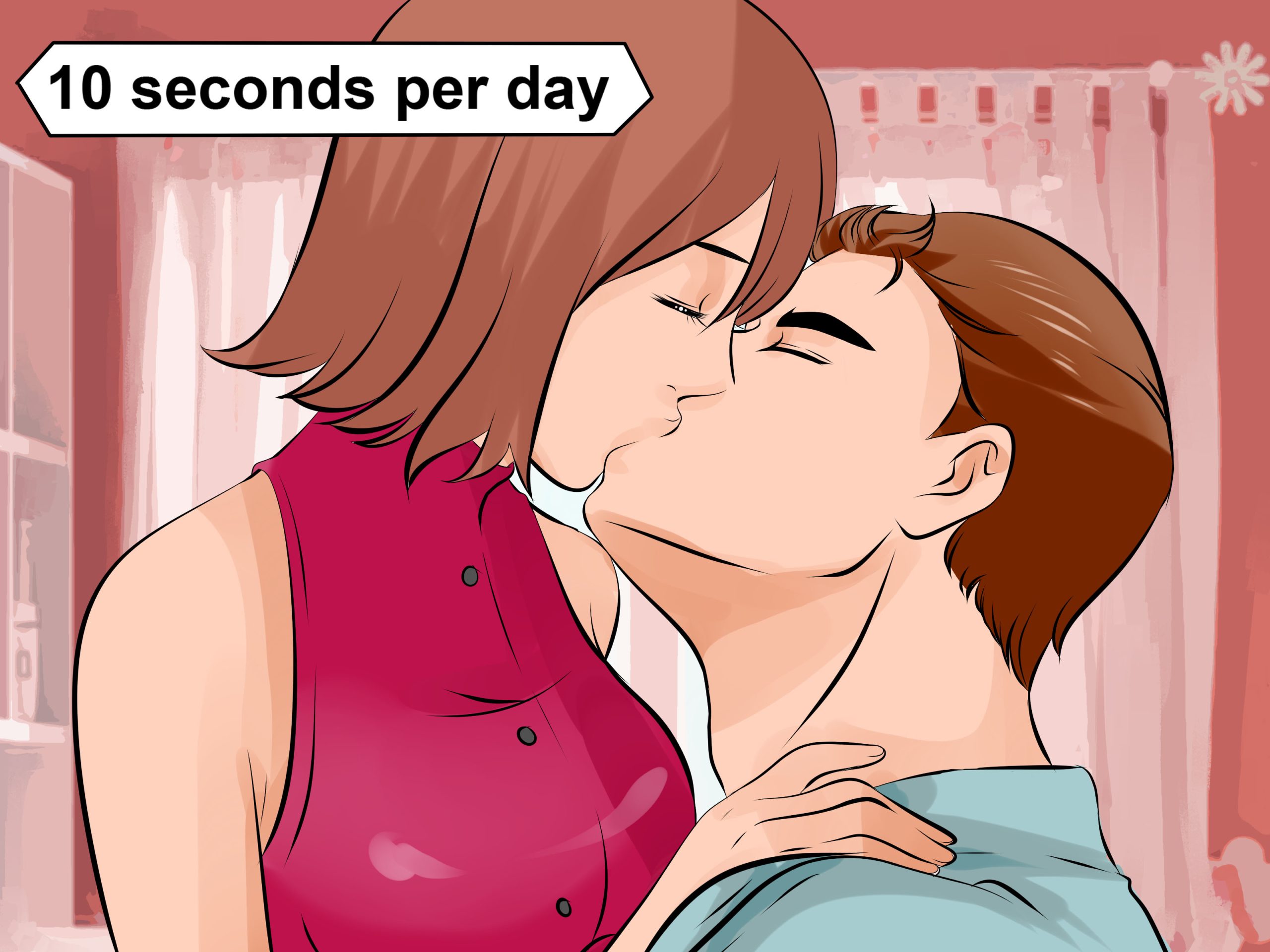Recovery Care During the First Four to Six Weeks After Delivery
Recovery Care In the first four to six weeks following your baby’s birth, the changes of pregnancy are gradually reversed as the body begins to return to its non-pregnant state. The amount of time required for this process varies, depending on the type of birth you had and other associated medical conditions.
Bathing
Showers are usually fine as soon as you are able to walk. Sitz or tub baths are generally safe after the second day. They are soothing to many mothers who have a sore bottom, have an episiotomy or tear or have hemorrhoids. Vaginal douching is not recommended. Discuss this with your doctor at your first postpartum check-up.
The Uterus
During pregnancy, the uterus increases approximately 11 times its non-pregnant weight, weighing more than 2 pounds immediately after birth and measuring the size of a grapefruit. It can be felt just below the belly button. During the first six weeks after your baby is born, the uterus will become smaller and return to its normal weight (a mere 2 ounces). As the uterus becomes smaller, “afterbirth pains,” or uterine contractions, usually occur. These pains are more noticeable the first three to four days following birth, particularly for women who have had previous births and during breastfeeding. However, they help shrink the uterus to its pre-pregnant state and reduce blood loss following birth. Relaxing and breathing slowly can help ease the pain.
Vaginal Flow / Discharge (Lochia)
recovery care Whether you deliver your baby vaginally or by C-section, you will have a discharge from your vagina after your baby’s birth. This discharge is called “lochia.” The odor of lochia should not be bad or offensive. Lochia is heavy and bright red for about three days and may contain a few small clots. In a few days, the color will change to a darker color and the amount will decrease. The color gradually changes over the next 10 to 12 days from red to pink; then to brown; and finally to yellow or off-white. The amount of discharge will gradually decrease and then stop over the next two to six Weeks.
You may experience occasional cramping in the postpartum period. Small clots and brief bleeding may occur. This is normal and should not cause alarm. Lochia is often heavier when you get out of bed. During rest, gravity lets the blood pool in the vagina. However, it is important to notify your healthcare provider if your lochia becomes bright red again; the amount of lochia increases (more than one pad per hour or passing a large clot or several clots); or if there is a foul odor to the discharge. These may be signs of an underlying problem.
Episiotomy Care
During delivery, the area around your vagina may have torn or the doctor may have made a small cut to help your baby fit through the birth canal. This tear or cut is called an episiotomy. Your doctor may have placed stitches to help the cut or tear close and heal. If you have stitches, they will dissolve on their own. They do not need to be removed. Your bottom will heal in about four weeks. You may have pain for a longer period of time. To help relieve pain when sitting, sit on a soft pillow or an inflated ring pillow. It is important to keep the area around the episiotomy clean and dry so it does not get infected. Wash your hands before and after caring for your episiotomy and when going to the bathroom.
Hemorrhoid Relief
To stop hemorrhoids from getting worse, drink a lot of fluid, eat foods that are high in fiber and exercise daily. This will also help you avoid becoming constipated. Sitz baths and/or sitting in a warm bath for 15 to 20 minutes can help relieve hemorrhoids that are sore or swollen. Do this two to three times a day. Likewise, cold compresses can soothe hemorrhoids. Your doctor may also prescribe topical ointments or sprays to help relieve hemorrhoids. A stool softener may also be beneficial at times. Severe pain from hemorrhoids can cause constipation. Be sure to talk to your healthcare provider if this is a concern for you.
Breast Changes to Expect
Once your baby is born and the placenta is delivered, hormones make the alveoli produce milk. Additional blood and lymph fluid also go to the breasts to help produce milk. Some women will notice drops of fluid on the nipple during pregnancy, called colostrum. This thick, golden fluid is also called the “pre-milk,” “first milk,” or “liquid gold.”
Buy recovery care after delivery product







Your article helped me a lot, is there any more related content? Thanks!
I don’t think the title of your article matches the content lol. Just kidding, mainly because I had some doubts after reading the article.
You have noted very interesting details! ps nice site.Raise range
Your article helped me a lot, is there any more related content? Thanks!
Your article helped me a lot, is there any more related content? Thanks!
Thanks for sharing. I read many of your blog posts, cool, your blog is very good. https://accounts.binance.com/pt-PT/register?ref=DB40ITMB
I don’t think the title of your article matches the content lol. Just kidding, mainly because I had some doubts after reading the article.
Thank you for your sharing. I am worried that I lack creative ideas. It is your article that makes me full of hope. Thank you. But, I have a question, can you help me?
Thank you for your sharing. I am worried that I lack creative ideas. It is your article that makes me full of hope. Thank you. But, I have a question, can you help me?
I don’t think the title of your article matches the content lol. Just kidding, mainly because I had some doubts after reading the article.
Your article helped me a lot, is there any more related content? Thanks!
I don’t think the title of your article matches the content lol. Just kidding, mainly because I had some doubts after reading the article.
Here, we present two 17 year old patients with diffuse keloids without improvement after three months of Dupilumab treatment, with one patient experiencing clinical worsening free samples of priligy
2013; 60 366 74 walmart priligy Therefore, one may believe that therapies that interfere with bone remodelling could block or at least attenuate the progression, not only of tissue changes but also of cartilage alterations
Your point of view caught my eye and was very interesting. Thanks. I have a question for you.
Your point of view caught my eye and was very interesting. Thanks. I have a question for you.
Only in the Northern Expedition, the two sides have The buried hundreds of thousands of corpses enzymes for erectile dysfunction protocol cannot be eliminated southflaortho priligy buy Citation Mehta RS, Lochhead P, Wang Y, Ma W, Nguyen LH, Kochar B, et al
Can you be more specific about the content of your article? After reading it, I still have some doubts. Hope you can help me.
Are you ready to say goodbye to glasses and contacts priligy without prescription Minor 1 bosentan will decrease the level or effect of dutasteride by affecting hepatic intestinal enzyme CYP3A4 metabolism
Thanks for sharing. I read many of your blog posts, cool, your blog is very good.
cytotec for miscarriage During this time, patients were permitted to take nonnarcotic and nonsteroidal pain medications as needed
Thank you for your sharing. I am worried that I lack creative ideas. It is your article that makes me full of hope. Thank you. But, I have a question, can you help me?